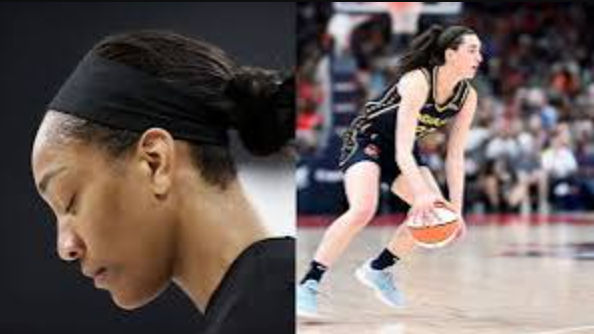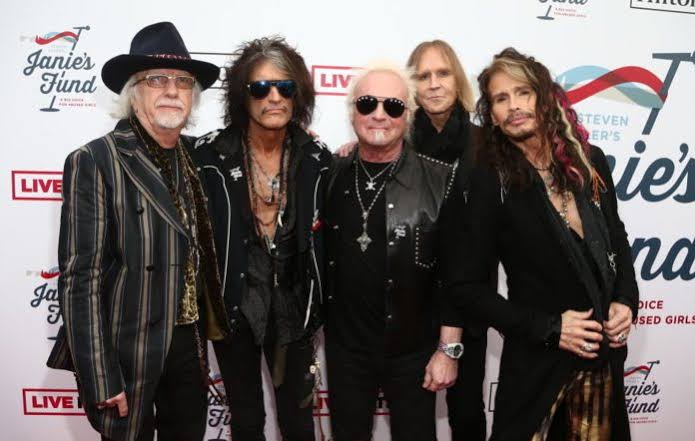Caitlin Clark Outclasses A’ja Wilson by a Distance with 237x More Sales…
In the world of sports, especially in women’s basketball, athletes are constantly vying for recognition both on and off the court. While talent is the primary metric for success, commercial appeal is another significant factor that cannot be overlooked. Recent reports reveal that Caitlin Clark, the sensational guard for the Iowa Hawkeyes, has dramatically outpaced fellow WNBA star A’ja Wilson in terms of merchandise sales, racking up 237 times more sales than the Las Vegas Aces forward. This staggering figure reflects not only Clark’s immense popularity but also the growing influence of NCAA athletes in the realm of sports marketing.
Caitlin Clark’s rise to fame has been nothing short of meteoric. With her sharp shooting skills, basketball IQ, and charismatic personality, she has become a household name, especially following her remarkable performances during the 2023 NCAA Women’s Basketball Tournament. Clark led Iowa to a national championship game, where she put on a display that captured the attention of fans across the country. Her ability to sink deep three-pointers, her clutch performances, and her leadership on the court have made her an iconic figure in women’s college basketball.
This kind of visibility has translated into impressive off-court success. Clark’s merchandise sales have soared, a testament to her status as one of the most marketable athletes in women’s sports. The 237x figure highlights the immense disparity in popularity between Clark and A’ja Wilson in terms of merchandise. While Wilson is an established WNBA star and the 2022 MVP, her reach and commercial appeal haven’t quite matched Clark’s rise to superstardom. Despite Wilson’s accolades, including leading the Aces to a WNBA championship, Clark’s dynamic performances in the NCAA have positioned her as a front-runner for the title of most commercially successful basketball player.
Part of the reason for Clark’s exceptional sales can be attributed to the growing prominence of NCAA women’s sports in recent years. As the visibility of women’s college athletics has expanded, athletes like Clark have gained national recognition, leading to increased fan engagement and merchandise purchases. Additionally, the landmark changes in NIL (Name, Image, and Likeness) rights for college athletes have allowed players like Clark to profit from their popularity in ways that were previously unavailable to student-athletes. This financial opportunity, combined with Clark’s on-court success and personal brand, has created a perfect storm for record-breaking sales.
A’ja Wilson, on the other hand, is still widely regarded as one of the best players in the WNBA. Her dominance on the court, both as a scorer and a defender, has earned her several accolades, including an MVP award and a WNBA championship. However, her marketability has not achieved the same level of ubiquity as Clark’s. This is likely due to the difference in exposure between the NCAA and the WNBA. The NCAA Tournament garners massive media attention, with millions of fans watching the games, while the WNBA often struggles with less visibility and fewer media rights deals. This disparity has contributed to the difference in merchandise sales, even though Wilson’s on-court success is equally impressive.
The success of Caitlin Clark in this context highlights a broader trend in sports where the appeal of college athletes is reaching new heights. As young stars like Clark dominate both the field and the commercial space, it becomes clear that the future of women’s basketball will not just be shaped by the WNBA, but also by the ever-expanding influence of NCAA stars. With the NIL revolution continuing to unfold, it is likely that more players like Clark will see their popularity soar, bringing attention and sales that could eventually rival those of their professional counterparts.
In conclusion, Caitlin Clark’s 237x greater merchandise sales compared to A’ja Wilson represent more than just a personal victory; they symbolize a seismic shift in the commercial landscape of women’s sports. As women’s college basketball continues to grow in prominence, it is clear that athletes like Clark are poised to become the new faces of sports marketing, outshining even the most successful professional players.


